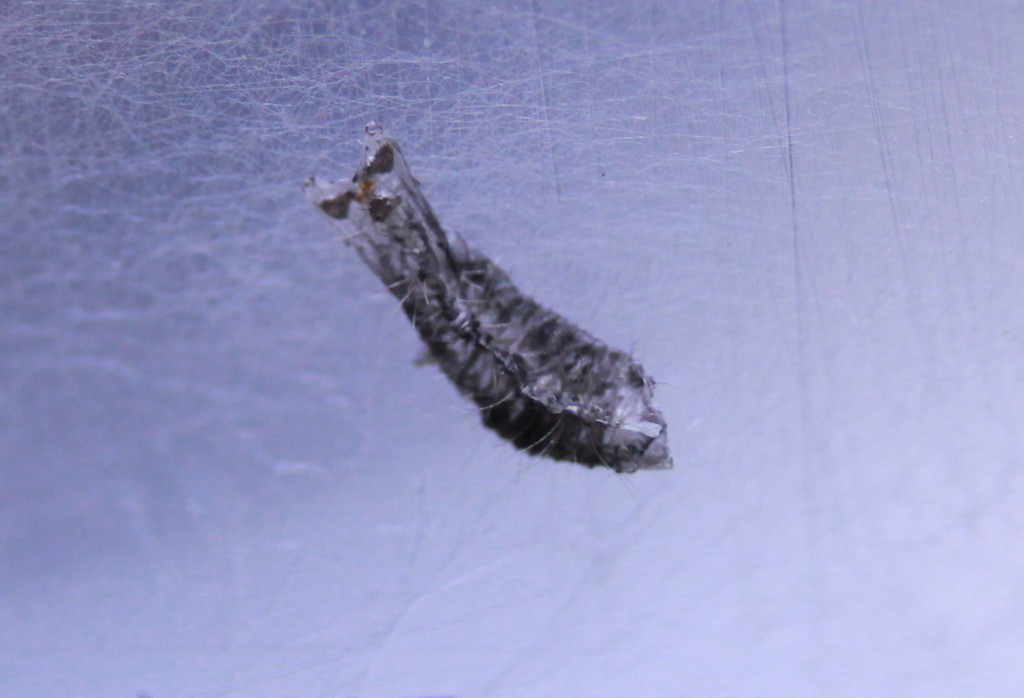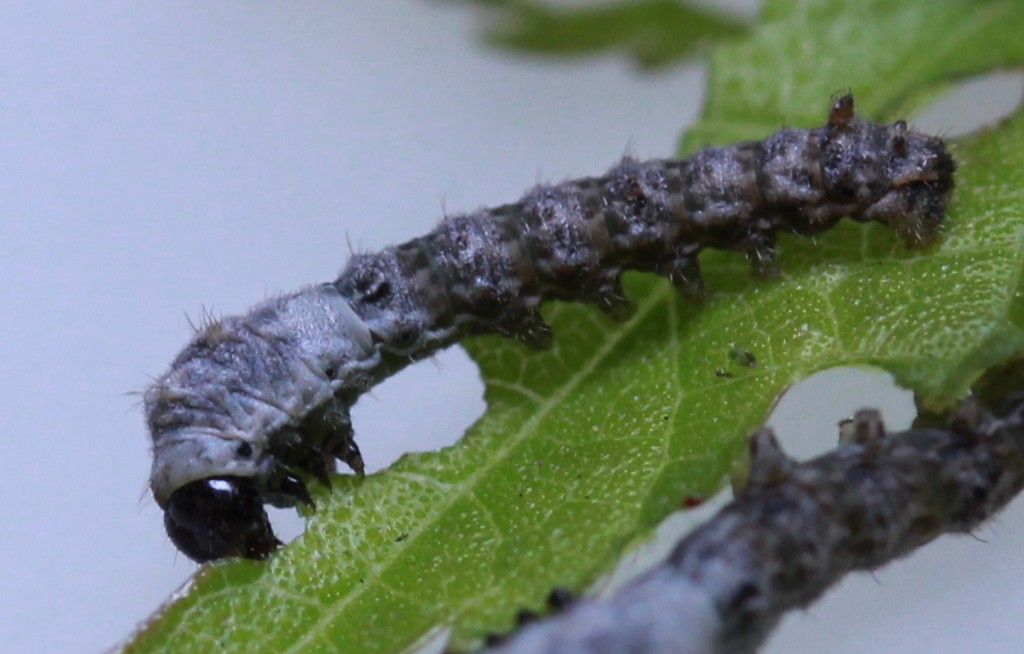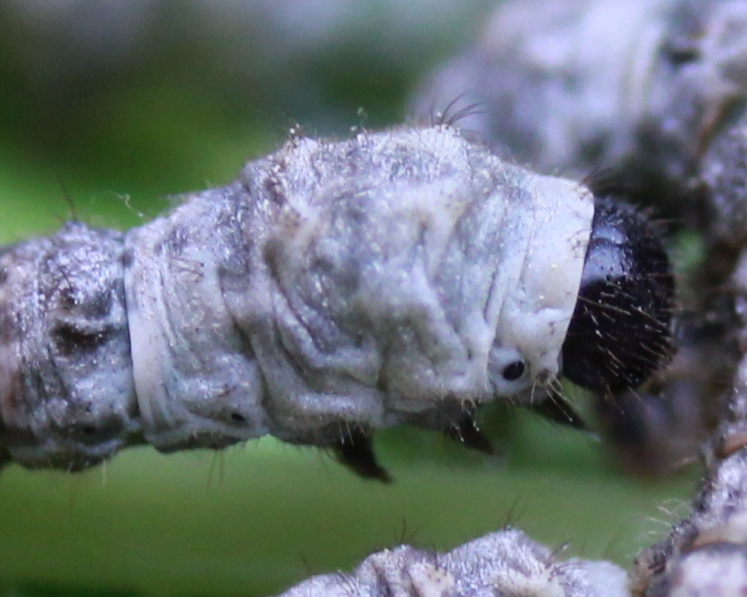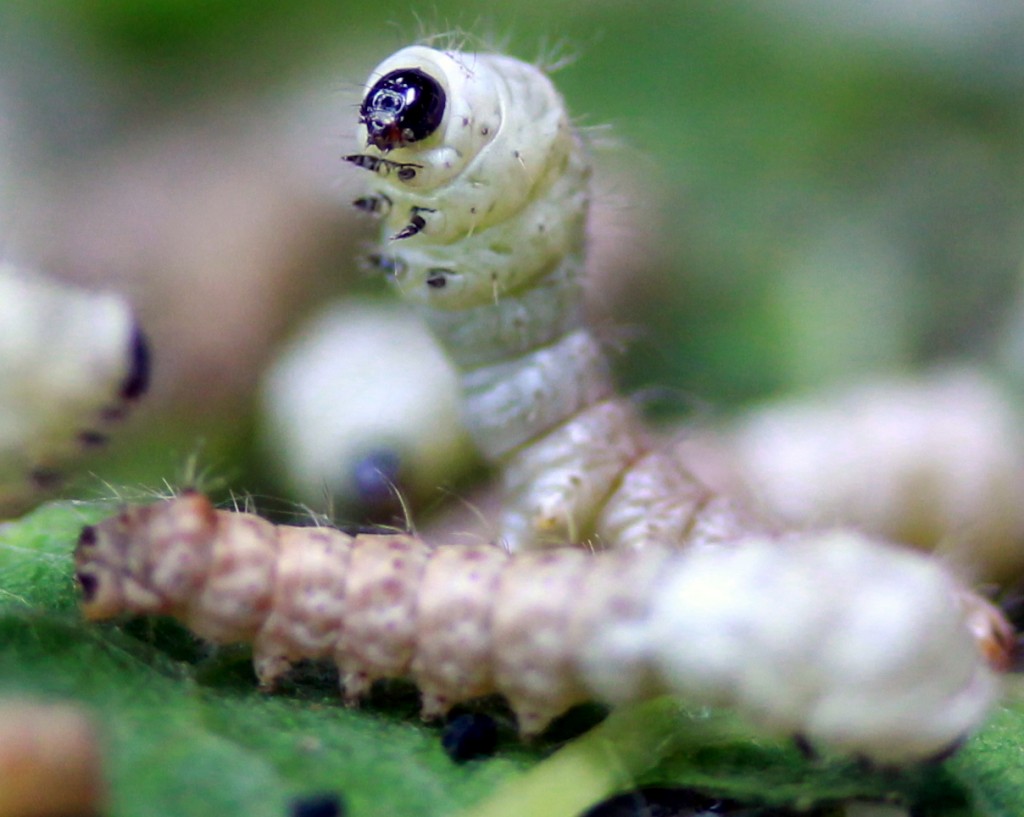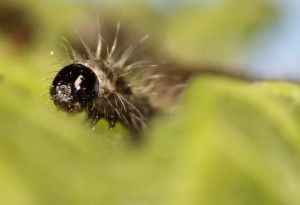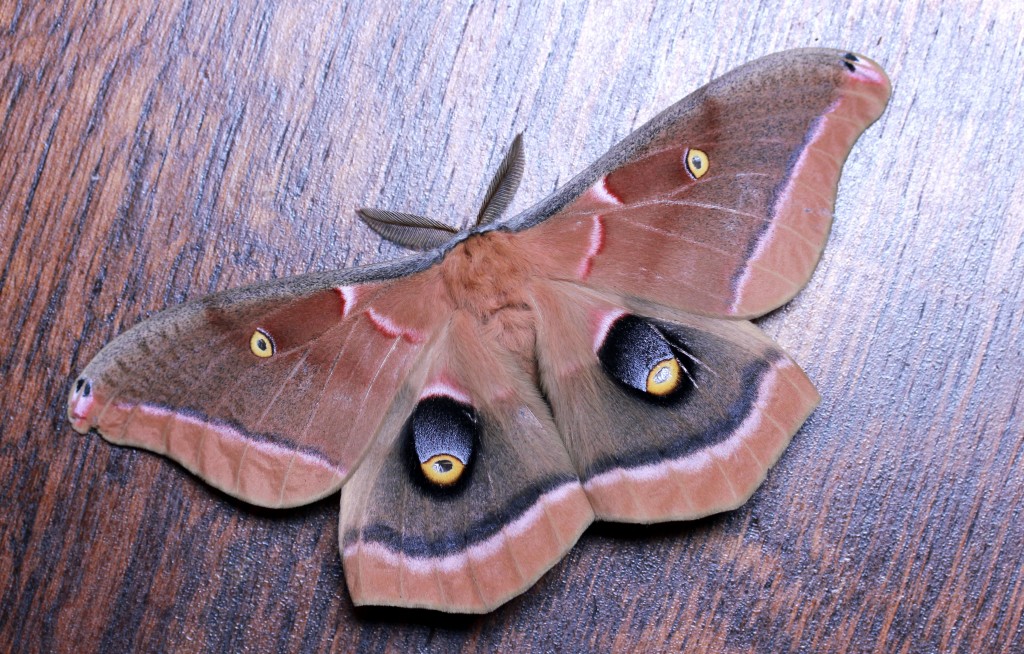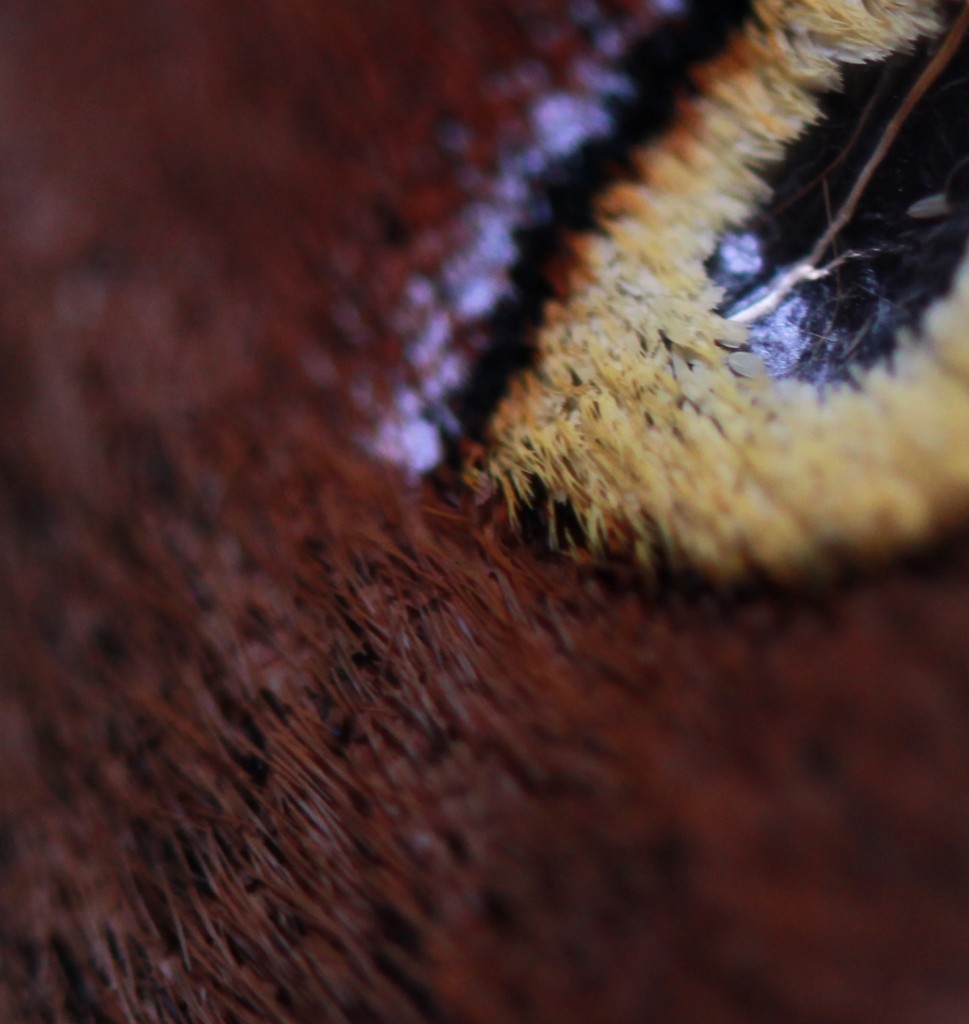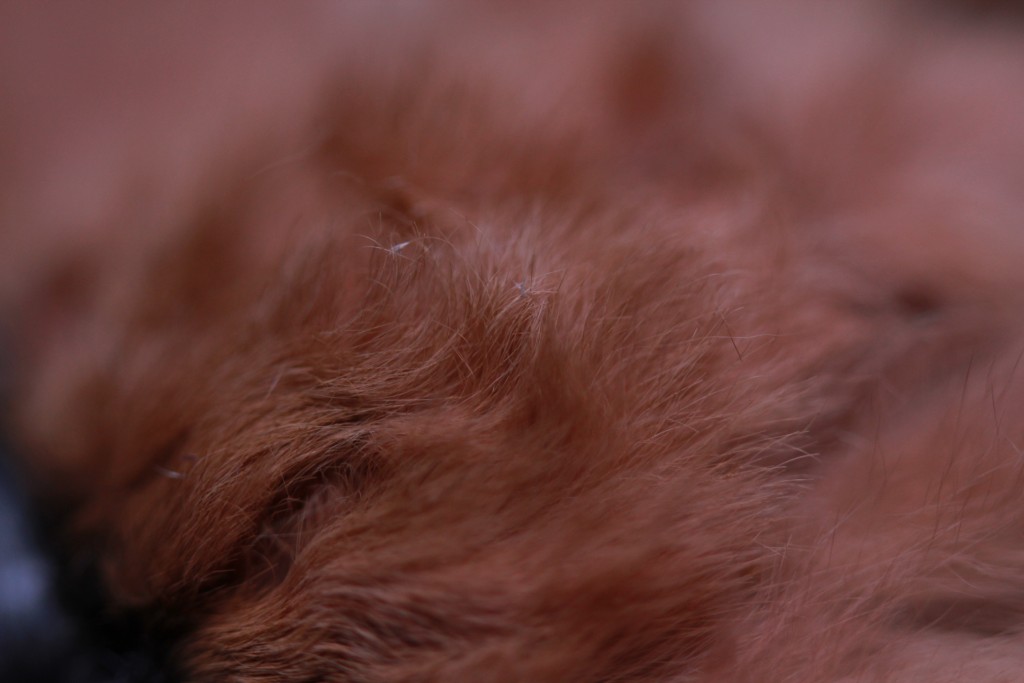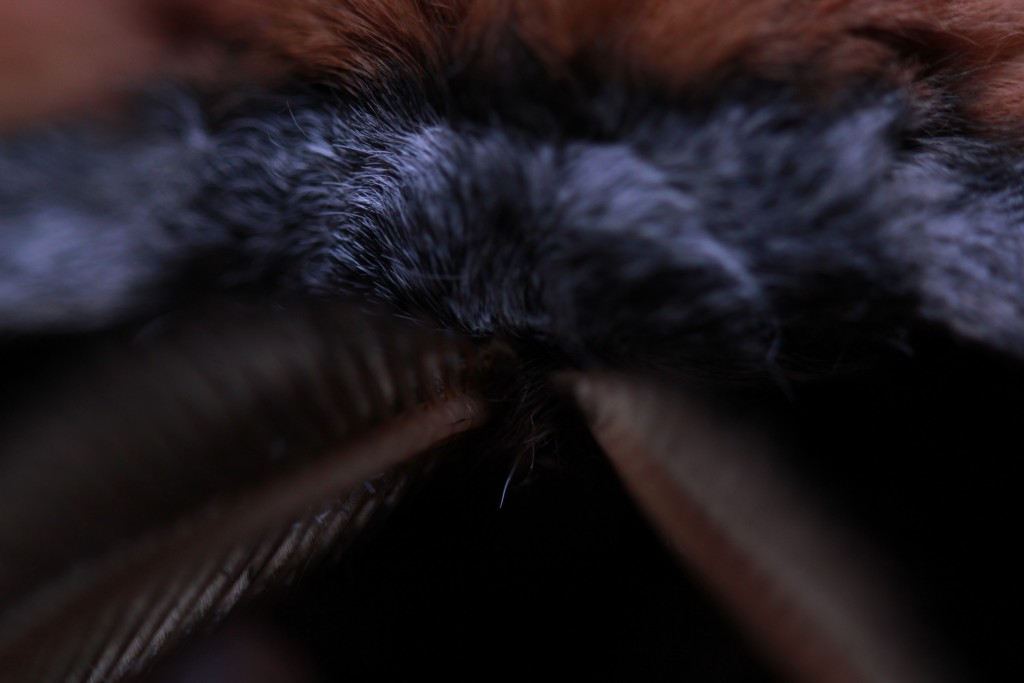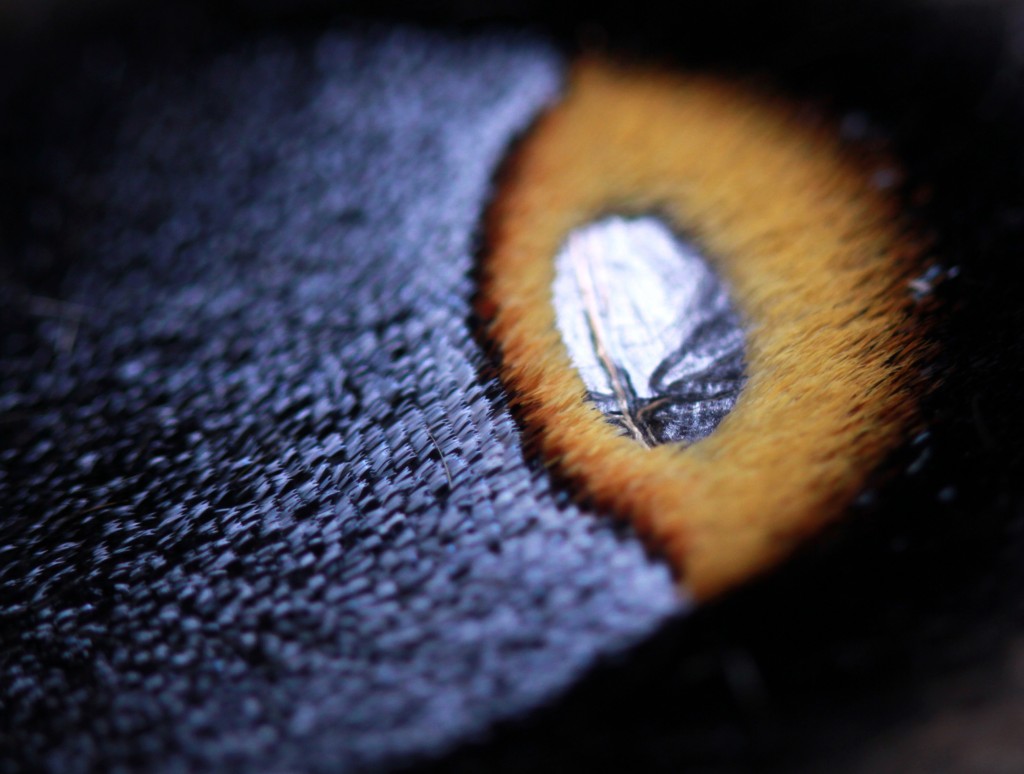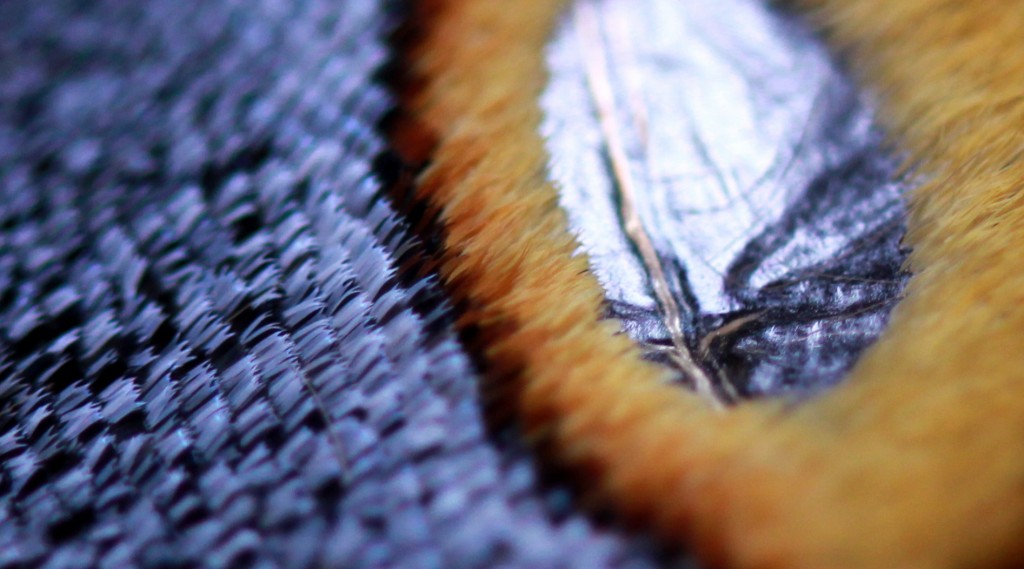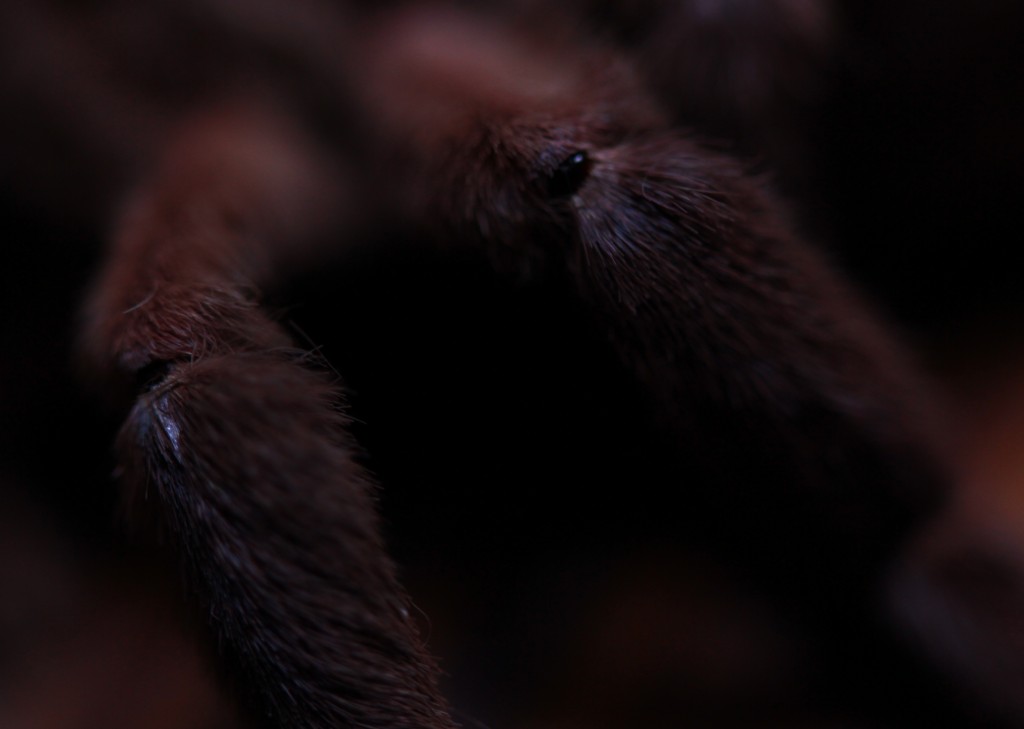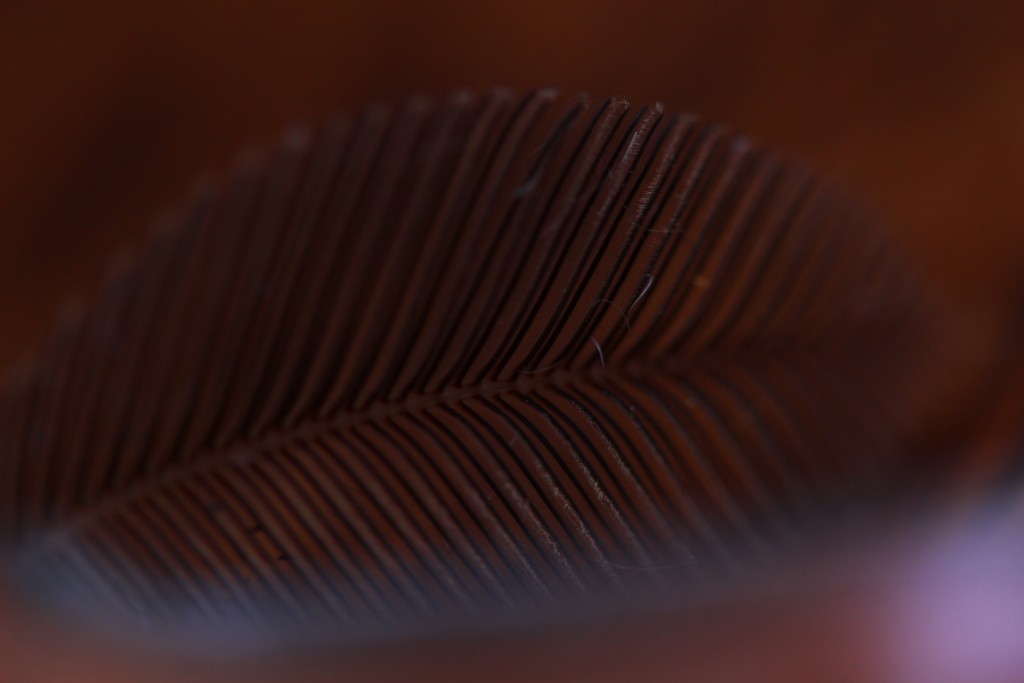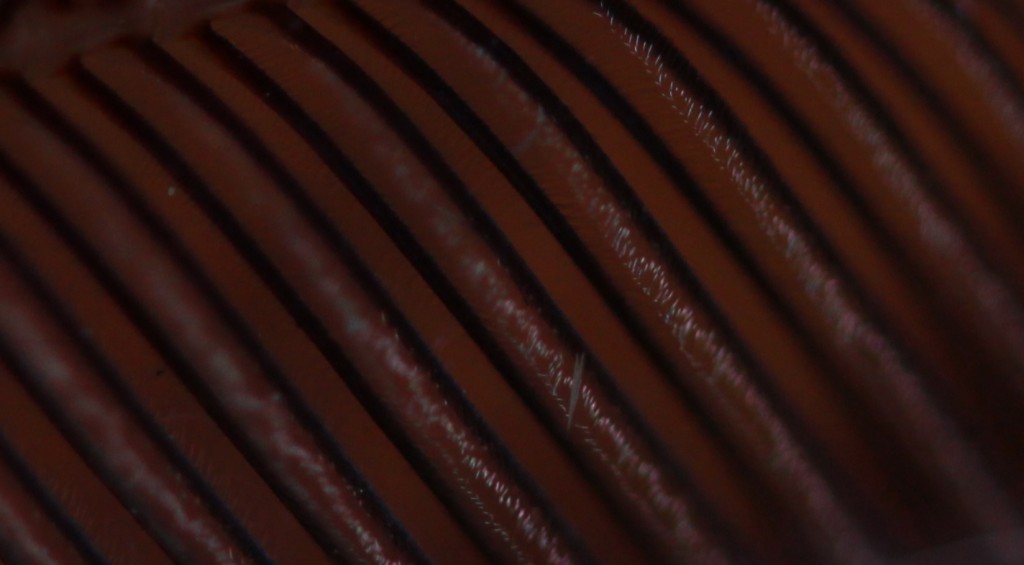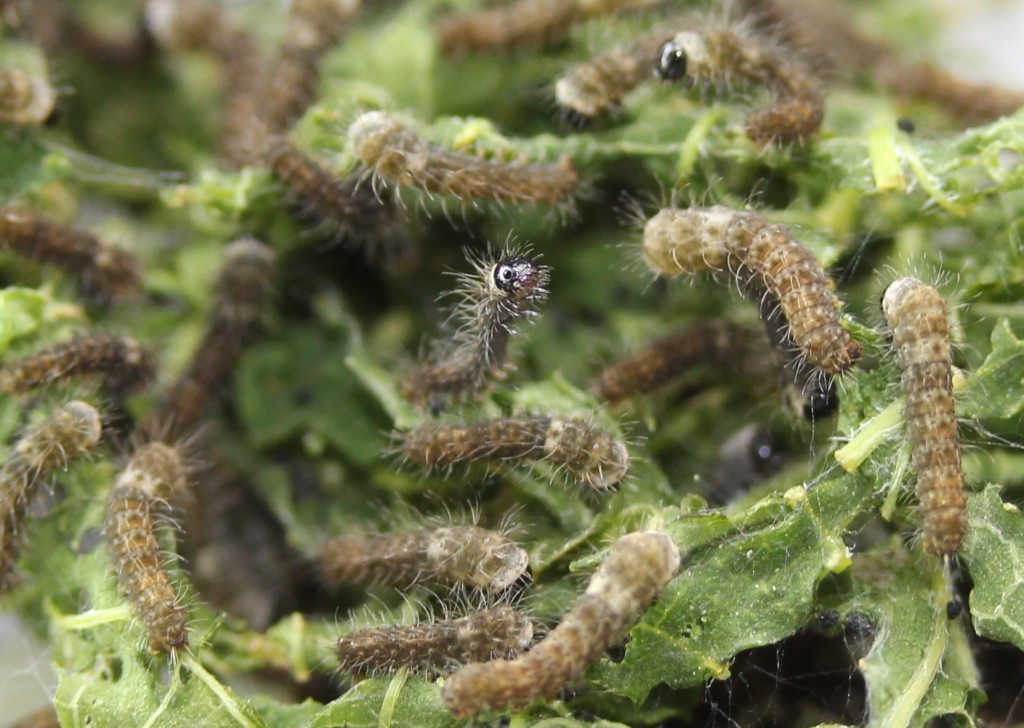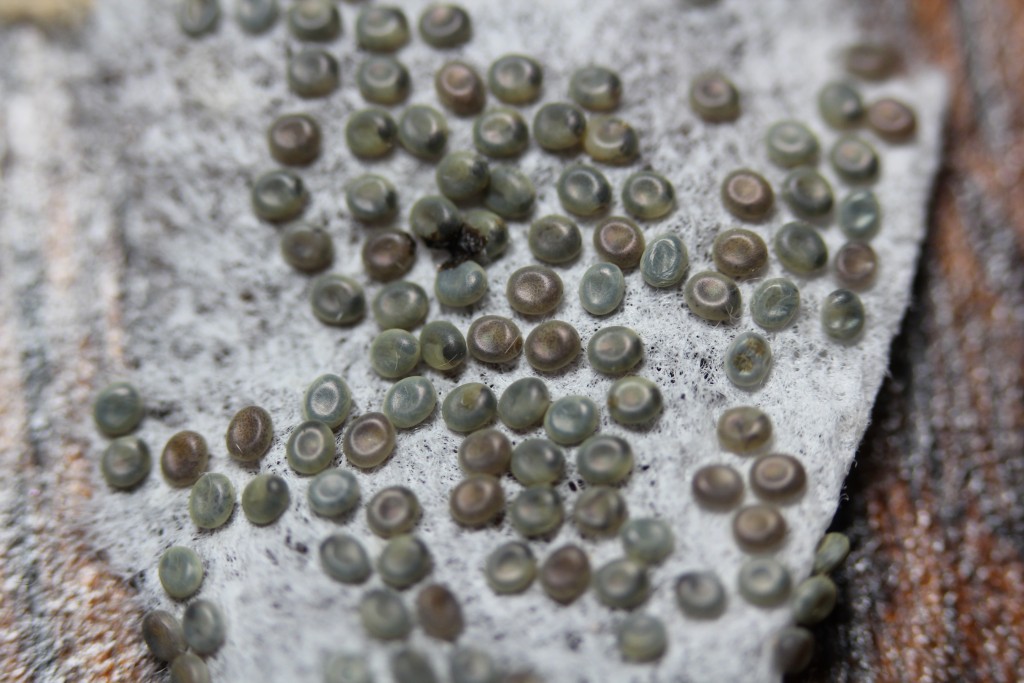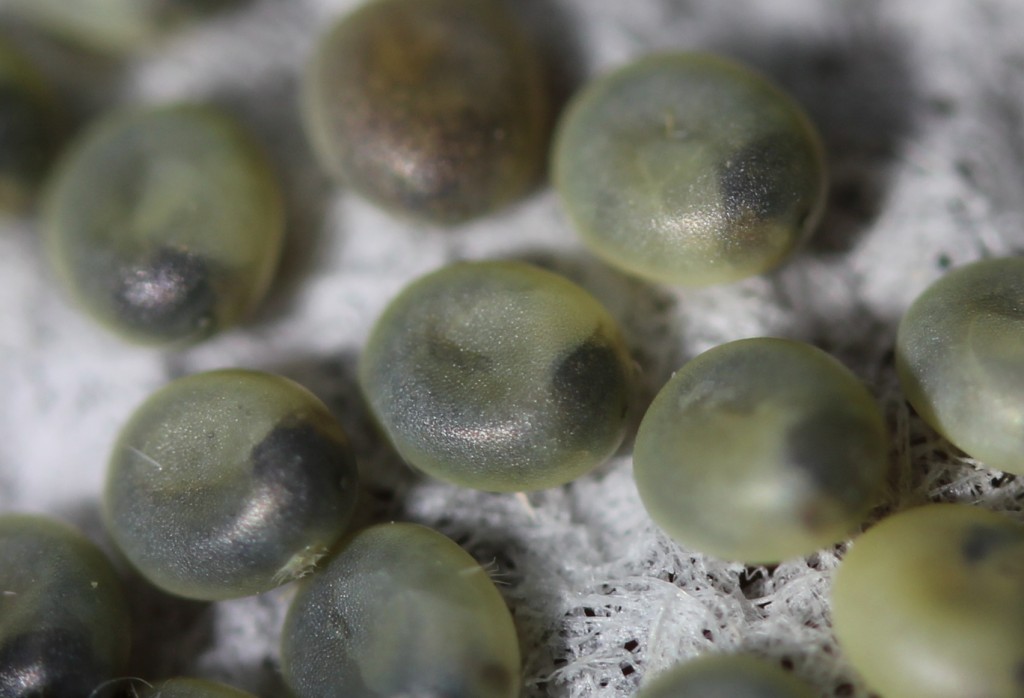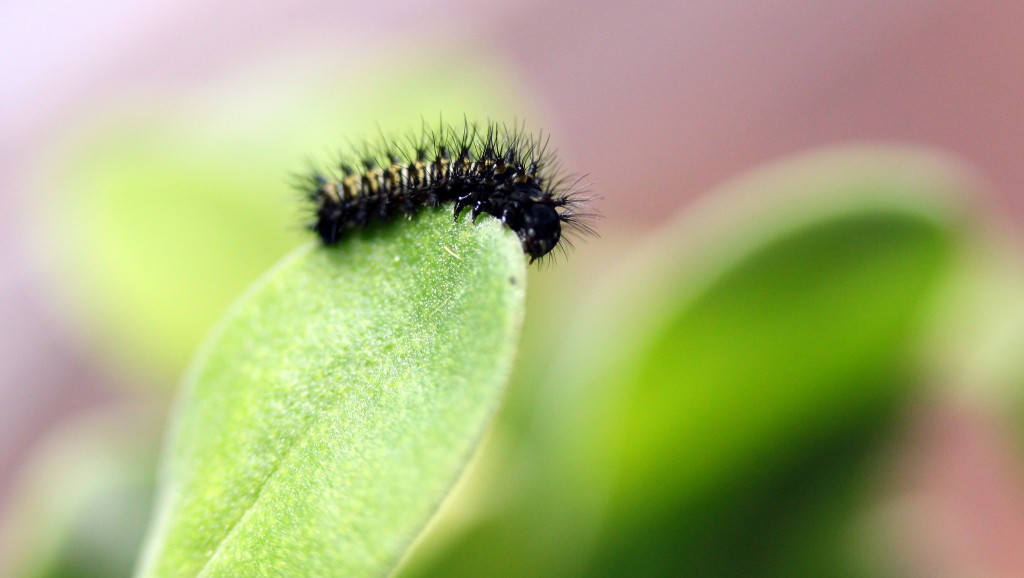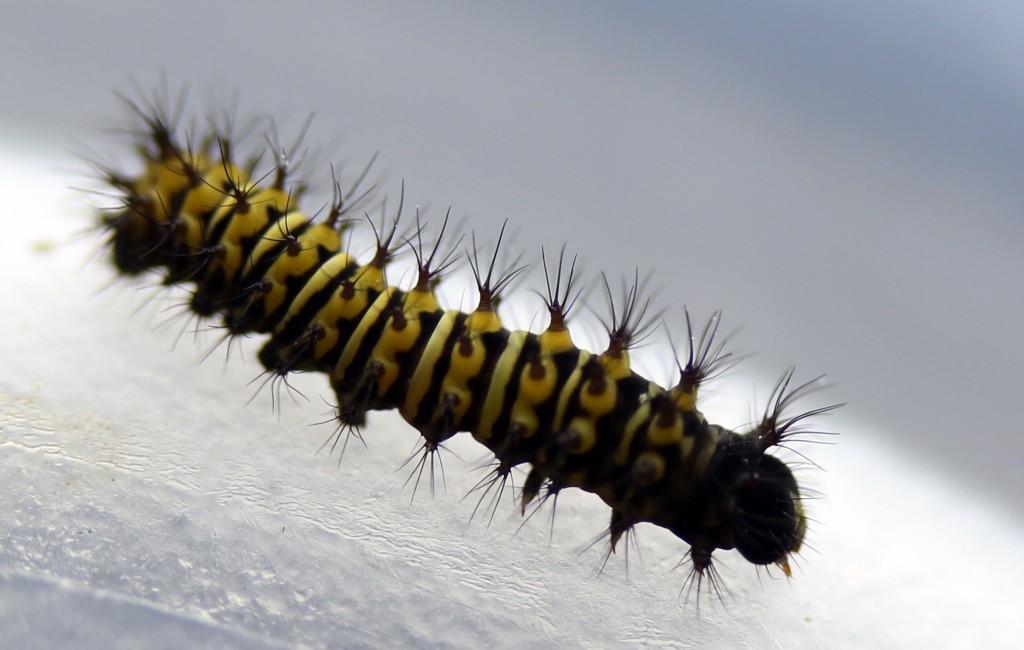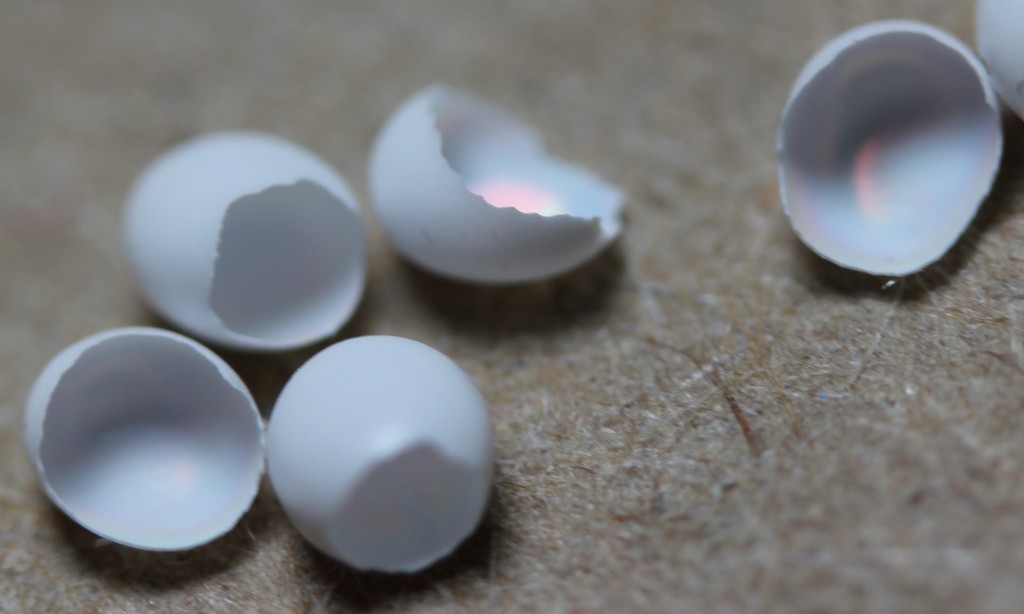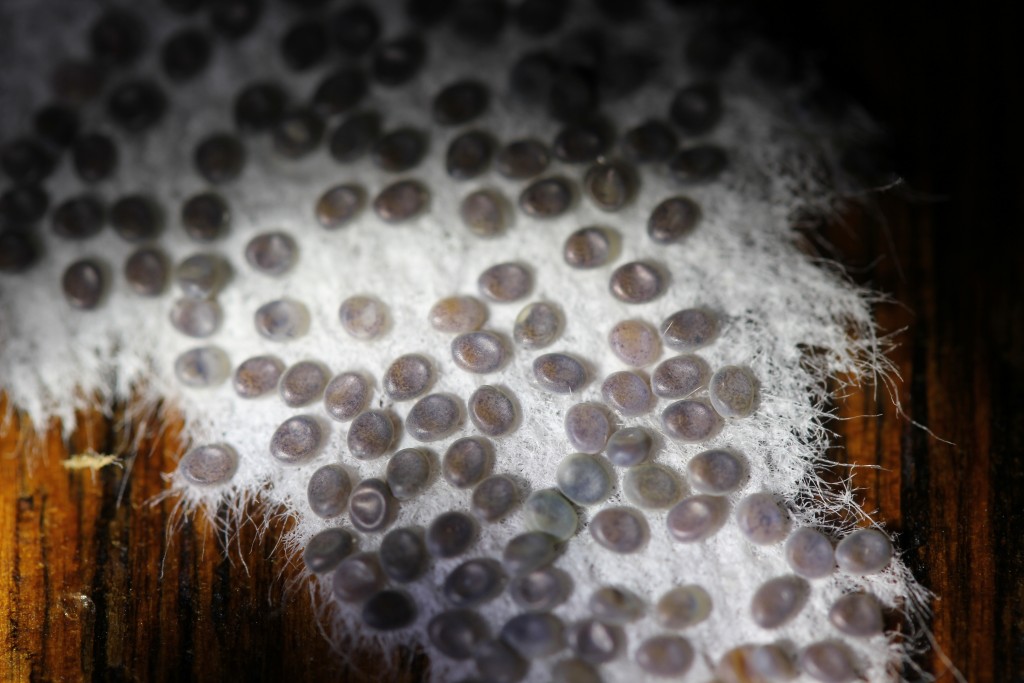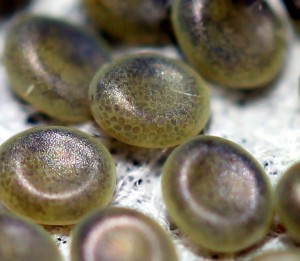Digging Out From Under
/7 Comments/in Uncategorized/by Michael
My grandmother’s spider lilies. They come up like red fireworks in the fall, year after year; she gave them to me not long before she died.
I started drafting this back in February; I have run into it a couple of times in my drafts, and I look at it, and put it away. So, today, I decided to post it… see if that helps me work through.
I’m trying to dig myself out. I’ve gotten lost, buried under layers of emotional debris. It’s been a rough few years.
This is one of those things where there wasn’t any single definitive moment when things collapsed, but more like the erosion of a steep hillside after a roadway cut, with periods of settling and equilibrium between rock slides. Things got buried, crushed under boulders, damaged and dented. I’m hoping that most of the important things, I’ll be able to dust off and glue back together. My creative soul has been lying in many pieces; I’m trying to grow another one, or breathe some life into the one I have.
I’ve always felt a nagging insecurity when I’m writing articles or teaching classes. When I read descriptions of impostor syndrome, it was like it was based on me, like somebody was describing my personal case. I’ve done huge amounts of reading and study, and I know my stuff… but sometimes I feel like I’m bluffing, just faking it, and everybody’s going to find out. I think part of this is that all my training is informal; I don’t have any degrees or anything official, nothing I can point to as a source of authority, no certificate on the wall that justifies what I say. I have always gotten good reviews on classes and I feel like my writing is sound, but the insidious nagging inner voice can shake my confidence. I can usually hush it up, with good self-talk and inner cheerleading, and I can usually get back to a comfortable, confident place.
When someone external echoes those internal thoughts, it’s harder to refute. If you were to tell me that my parents never loved me and I can’t spell, those would bounce right off, because I’m rock solid certain about those things, but if you tell me that my article was tedious and nobody really respects my weaving work, it would hit me hard, because they’re things I worry about, in the small hours of the night. They’re tender spots.
I had this happen twice within a couple of weeks, back in 2013. First, in the course of one long fight, I heard that nobody likes me, I’m a pathetic loser writing articles that will only matter to other sad weirdos like me, and the whole stupid yarn thing doesn’t matter in the real world, and on and on. They’re the kind of words that you know your loved ones would never say when in their right frame of mind… but they have to be at least a little true, or they wouldn’t hurt so much. They can hit all the spots that are the most vulnerable. I haven’t woven since then, not a stitch. I haven’t made silk. I taught a couple of classes that I had committed to before the emotional train went off the rails, but my creative energy just felt like it had been kicked hard in the gut. Then, I had another person, someone in a position of respect and authority, make a snide remark on an Internet forum – basically implying that I stole my class material from another teacher without giving credit. I was off kilter enough that I just let it stand; later, I finally went through and dug into my sources, and proved to myself that I knew the genealogy of my information and the development of my classes. The one class on that material that I taught between then and now, felt like I was just going through the motions – not anything that felt like fun, or enjoyable, or even pleasant. Talking about my process, and about learning to do these things, was like telling another person’s story – it felt distant, without emotion, detached. I have taught a couple of classes in those years; it felt like I was a substitute teacher, like I was presenting another person’s information.
I’ve loved being a creative person. I’ve learned to dance, and draw, and sing, and weave, and sculpt, and dye – they’re all ways of using that same energy, that creative wellspring. I feel like my spring has just kind of dried and stagnated, like my creative juices have gone bad and just stopped flowing. My dreams have been sad and gray. I’ve had some rough, bad times between then and now, and I’m finally feeling like I’m recovering and might get back out from under. I’m having some brilliant and colorful dreams, I’m getting glimpses of the unicorn disappearing around the corner in the woods. Sometimes I can hear the birds singing.
Along with this, threaded through and around the same emotional and creative crash, a lot of other things happened. I lost two grandparents; neither was a surprise, but it still bit hard. I’ve hit some serious relationship rocks. We’ve been up and down, and things have been amazing and horrible, kind of in turns. We solemnized our fifteen-year relationship with a courthouse wedding, and everything was amazing; we had some screaming fights, and there were some weeks where we didn’t sleep in the same bed. I’ve been everywhere from crying with happiness, to suicidal depression. I had that downward-spiraling emotional cycle where you start out with “I don’t want to get out of bed today,” and you go on to “and then I’d lose my job” and you end up at “I might as well just kill myself and get it over with.” I never injured myself, but I had gotten to the point of ideation and planning, figuring out how much charcoal would be needed to fill a small closet with carbon monoxide, which pills would be nice to help me relax while I waited, and keep me from being revived if somebody found me. Those things are still handy, where I can get to them if I need them. From here, it seems like a long distance from that dark place… but it’s still closer than I’d like. I’ve developed anxiety issues severe enough for four Xanax a day, and there were plenty of days when I needed all four of them to get through. Now, I haven’t taken one in months, but just the knowledge that they’re there helps me feel like I can deal with it if it gets out of hand.
So now, I’m feeling my sap rising. I’m feeling better in a lot of ways… but so much of my spirit is still in mothballs. My studio, which was always cluttered and full of junk, is literally so crammed with hoarder-style miserable crap, that I can’t get to where my loom is, or approach the desk, or open the closet where the beads and threads are. There are so many beautiful things there that I can’t even touch. I cleaned it out twice in the past few years, but I wasn’t using any of it, so there was no reason not to just put a box of stuff on top of the desk, and then one behind the chair, and slowly the room filled up again. In addition, the garden that brings me so much joy is full of weeds, and the plants are so overgrown that I’ll need to do a lot of work with pruners, and in some spots possibly a machete, before I can even get in to hoe up the weeds to plant.
New skins, new attitudes
/1 Comment/in Uncategorized/by Michael
Overnight, the majority of the caterpillars changed their skins. They spin a pad of silk, and then hook their rear feet in the silk; then they wiggle and shimmy their way out of the old skin. This is an old skin. You can see the rear feet at the top left, and you can see some of the hairs from the old skin in the middle of the shot. Click on the picture for the bigger version.
Here, you can see a first-instar caterpillar (left) who’s a day or so behind the game. The difference in size between the first instar and second instar head casings is substantial.
When they come out of the day of rest with new skins, they have a voracious appetite; they turn the mulberry leaves into lace.
It’s hard to get the focus just right to see it, but the head casings are surprisingly hairy.
Too much sausage, not enough casing.
/1 Comment/in Uncategorized/by Michael
After five days, the silkworms have grown SO much! Their heads are the same size as they were before, but now the heads look tiny on their thick bodies. The bodies look like they’re over-stuffed – like too much sausage stuffed into not enough casing.
At this scale, the head is about the same size as the other one. See how much it’s grown?
This one looks like it’s getting ready to shed its skin. This process involves a day of rest, followed by shedding the face mask and the full skin for a larger, looser one.
For I will consider my moth Jeoffry.
/0 Comments/in Uncategorized/by MichaelThis is a male Polyphemus moth. I’m always fascinated by the variety of scales and textures on their wings, and I got some close-up photos so you can really see why butterflies and moths are called “Lepidoptera” meaning “Scaled wings”
The scales are formed of chitin, like the exoskeleton and the substrate of the wing, and they provide insulation, aerodynamic effect, and coloration. The colors can help a moth hide, or help it protect itself.
The thick, furry scales on the moth’s body not only help it retain heat (produced by the muscles – they can actually fly at quite low temperatures, and the body is hot to the touch after flight) but they also help make the moth harder to bite – the scales come off, and you might just get a mouth full of fuzz.
The gray fur on the head reminds me of salt and pepper hair.
These eyespots mimic the eyes of a predator. The moth will often rest with its wings folded, so that the spots are concealed – and then pop them out if threatened. This mimicing of a predator (particularly a predator common to the prey species and its predator species) is common in the animal world, and is called Batesian mimicry. I’ve gotten to observe it in Polyphemus moths first hand. After they are done breeding, I often feed spent moths to our backyard chickens. One female proved that she wasn’t quite done for, when the chickens ran up to claim their tasty snack – she popped out those big black eyes, and the chickens literally backed… away… slowly. It was cool, and kind of creepy.
Here you can see the texture of the individual scales. If you click on the picture, it takes you to the full-size image, where you can see it REALLY close up. The shiny spot is wing with no scales at all – it reflects light, and light passes through it, like glass.
The legs have another kind of hair-like scale. The big, muscular thighs and knees remind me of tarantula legs.
Because Jeoffry is a male moth, he has huge, plumose (feathery) antennae. The males use these to detect pheromones, or sex hormones, released into the air by the female. They can fly miles to find a female, tacking into the breeze to follow the trace of scent.
Here, in really-really-close zoom, you can see the individual little hair-like scales on the antennae; these have scent receptors which will comb through the night air and allow Jeoffry to smell his potential mate.
So many hairy babies….
/0 Comments/in Uncategorized/by MichaelThey hatched out just a couple of days ago, but they’re already noticeably larger. They will grow until their skins can’t expand any further, and then shed. On the bottom right corner, you can see the silk strands that they lay down constantly – these function as a safety line, if one of them falls off a branch.
Am I blue…. ?
/0 Comments/in Uncategorized/by MichaelThese silkworm eggs are starting to turn “blue” – the developing worm inside separates from the shell, and they get a hazy lighter color. About half the eggs in this photo are blue – the others are likely nonviable.
If you look really close, and you’ve got a good magnification on your camera or hand lens, you can see the caterpillar curled inside the egg.
These have reached the head pigmentation stage; you can see the little dark heads. They’ll hatch within another day or two.
Calleta hatchlings
/0 Comments/in Uncategorized/by MichaelThe Calleta caterpillars (Eupackardia calleta) started hatching today. These beautiful moths are native to much of the American southwest. I am raising them mostly for the fun of it – they do produce silk, but it’s not one I’ve made into yarn yet.
This tiny hatchling is eating cenizo – Leucophyllum frutescens – which many of my gardening friends call purple sage. Not related to the Salvia sages at all.
The caterpillars are covered with tiny bristles called scoli; these aren’t spiky to the touch for a person, but they would be get in the way if you were, say, a spider trying to put the bite on a caterpillar.
The insides of the hatched eggshells are beautiful – like rosy opals. The colors remind me of Maxfield Parrish.
Silkworm Season is beginning!
/1 Comment/in Uncategorized/by MichaelEvery year it happens… the leaves pop out on the local mulberry trees, and then it’s time to start the silkworms.
 The Ancient Wisdom version says that you should start the silkworm eggs when the leaves are the size of a mouse’s ear. We don’t have the kind of long, slow spring where that lasts for long – so by the time I get a chance to snap a picture, they’re almost the size of a dime. This is a feral white mulberry tree in my yard in south Dallas.
The Ancient Wisdom version says that you should start the silkworm eggs when the leaves are the size of a mouse’s ear. We don’t have the kind of long, slow spring where that lasts for long – so by the time I get a chance to snap a picture, they’re almost the size of a dime. This is a feral white mulberry tree in my yard in south Dallas.
These are the eggs. You can tell from the size of the fibers in the torn paper towel edges, these are pretty tiny. They’re about the size of poppy seeds.
When you get really, really close up, you can see the texture of the egg shell. The forming caterpillar embryos inside are in a state of rest called diapause; it allows them to survive through winter temperatures without dying, and they begin to metabolize and develop once they warm up in the spring.
Interesting links
Here are some interesting links for you! Enjoy your stay :)Categories
Archive
- June 2024
- October 2023
- August 2023
- May 2023
- April 2023
- October 2021
- February 2021
- September 2020
- March 2020
- February 2020
- January 2020
- April 2019
- December 2018
- November 2018
- November 2017
- May 2017
- April 2017
- December 2016
- November 2016
- October 2016
- March 2016
- January 2016
- August 2013
- June 2013
- August 2012
- July 2012
- February 2012
- January 2012
- November 2011
- October 2011
- September 2011
- August 2011
- June 2011
- May 2011
- April 2011
- February 2011
- January 2011
- December 2010
- November 2010
- September 2010
- July 2010
- June 2010
- May 2010
- April 2010
- March 2010
- February 2010
- December 2009
- November 2009
- October 2009
- September 2009
- August 2009
- July 2009
- April 2009
- March 2009
- February 2009
- January 2009
- November 2008
- October 2008
- September 2008
- August 2008
- July 2008
- June 2008
- May 2008
- April 2008
- March 2008
- February 2008
- January 2008
- December 2007
- November 2007
- October 2007
- September 2007
- August 2007
- June 2007
- May 2007
- April 2007
- March 2007
- February 2007
- January 2007
- December 2006
- November 2006
- October 2006
- September 2006
- July 2006
- June 2006
- May 2006
- April 2006
- March 2006
- February 2006
- January 2006
- December 2005
- November 2005
- September 2005
- August 2005
- July 2005
- June 2005
- May 2005
- April 2005
- March 2005
- February 2005
- January 2005
- December 2004
- November 2004
- September 2004
- August 2004
- July 2004
- June 2004
- May 2004
- April 2004
- March 2004
- February 2004
- January 2004
- December 2003
- November 2003
- September 2003
- August 2003
- May 2003
- May 2002
- April 2002
- March 2002
- February 2002


